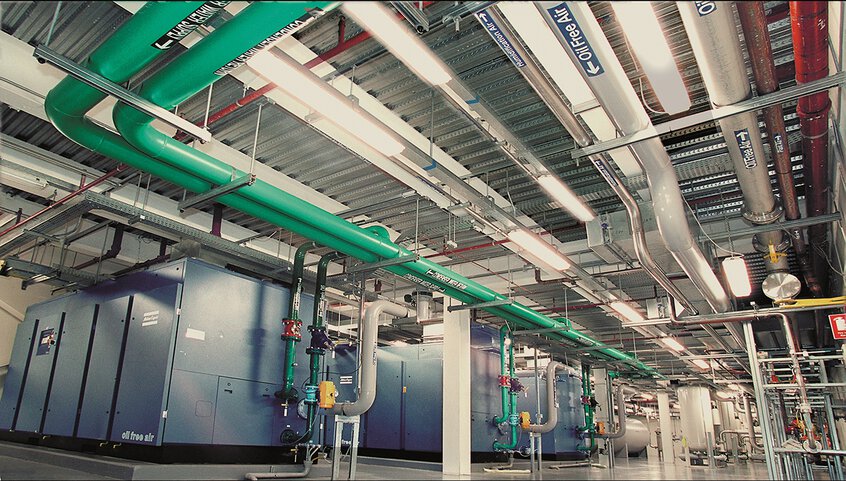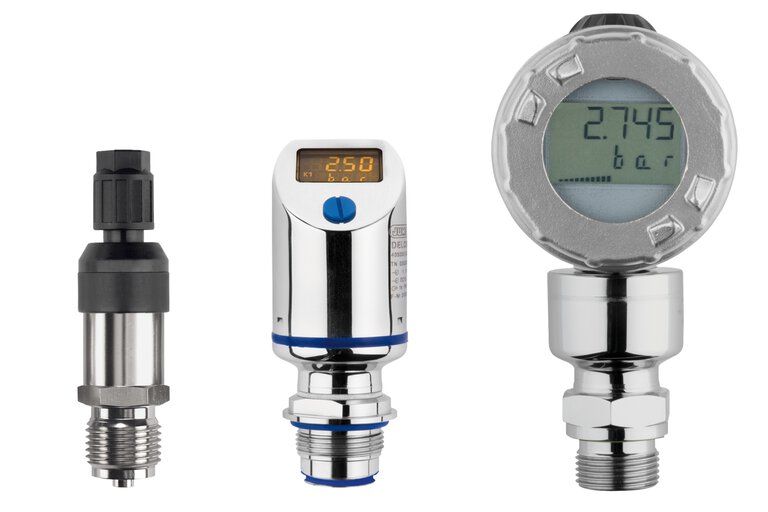

What is relative pressure?
In relative pressure measurement, the reference variable is the ambient air pressure pamb. The ambient pressure is subtracted from the pressure to be measured. This is done automatically via the so-called pressure compensation.
Why is relative pressure measurement important?
The measurement of relative pressure is the most widely used in engineering. To ensure that most processes run properly, it is necessary to measure its value continuously.
How does a relative pressure transmitter and the relative pressure compensation work?
The relative pressure compensation takes place via a feed-through or opening through which the ambient pressure can reach the back of the sensor diaphragm. The ambient pressure thus acts on the diaphragm from both sides and equalizes. Only the pressure that exceeds the ambient pressure is displayed.

Fig. 1: Schematic diagramm of a relative pressure sensor
prel = pabs - pamb
Indexes:
- prel – Relative pressure
- pabs – Absolute pressure
- pamb – Atmospheric or ambient pressure
What are examples of relative pressure measurement?
About 90 % of all pressure measurements involve relative pressures, since in most applications the relation of the process pressure to the ambient pressure is relevant. So, for example, in a hydrostatic level indicator without a relative pressure compensation, a fluctuating atmospheric pressure would lead to an incorrect display.
With the usual fluctuations of approx. ±20 mbar, the measured level would change by approx. ±20 cm in the case of water. A typical example is tire pressure: a car tire is filled with a relative pressure of 2.5 barrel at sea level in accordance with the manufacturer’s specifications. The tire is now at an absolute pressure of approx. 3.5 barabs. On a mountain pass at an altitude of 3000 m, only about approx. 0.7 barabs acts from the outside due to the lower atmospheric pressure. The tire expands and its surface area becomes smaller. The relative pressure in the tire is now 2.8 barrel and needs to be corrected. The absolute pressure remains unchanged at 3.5 barabs.
The relative pressure scale does not have a fixed zero point; it always relates to the existing ambient pressure. From a technical perspective, the relative pressure is a differential pressure since the measurement reading always represents the difference between 2 pressures.
- ${title}${badge}
